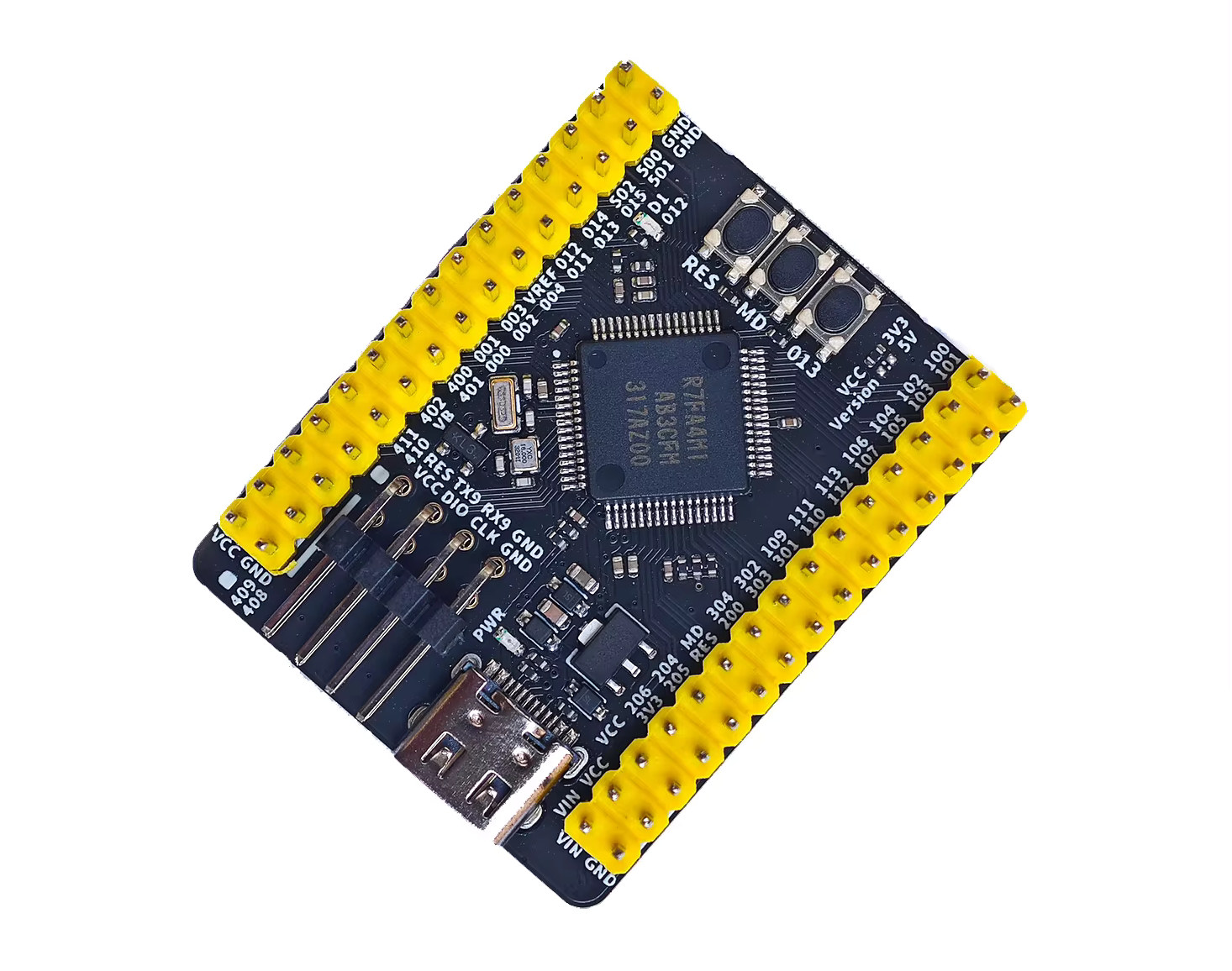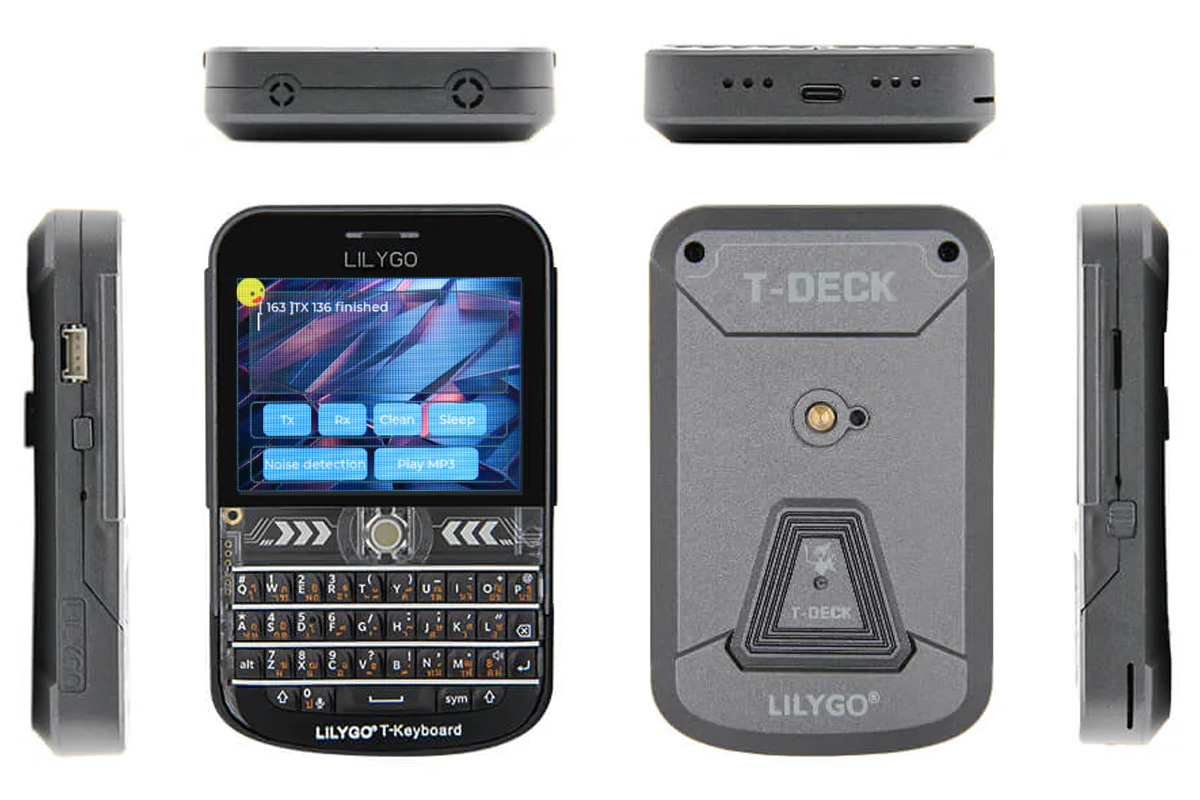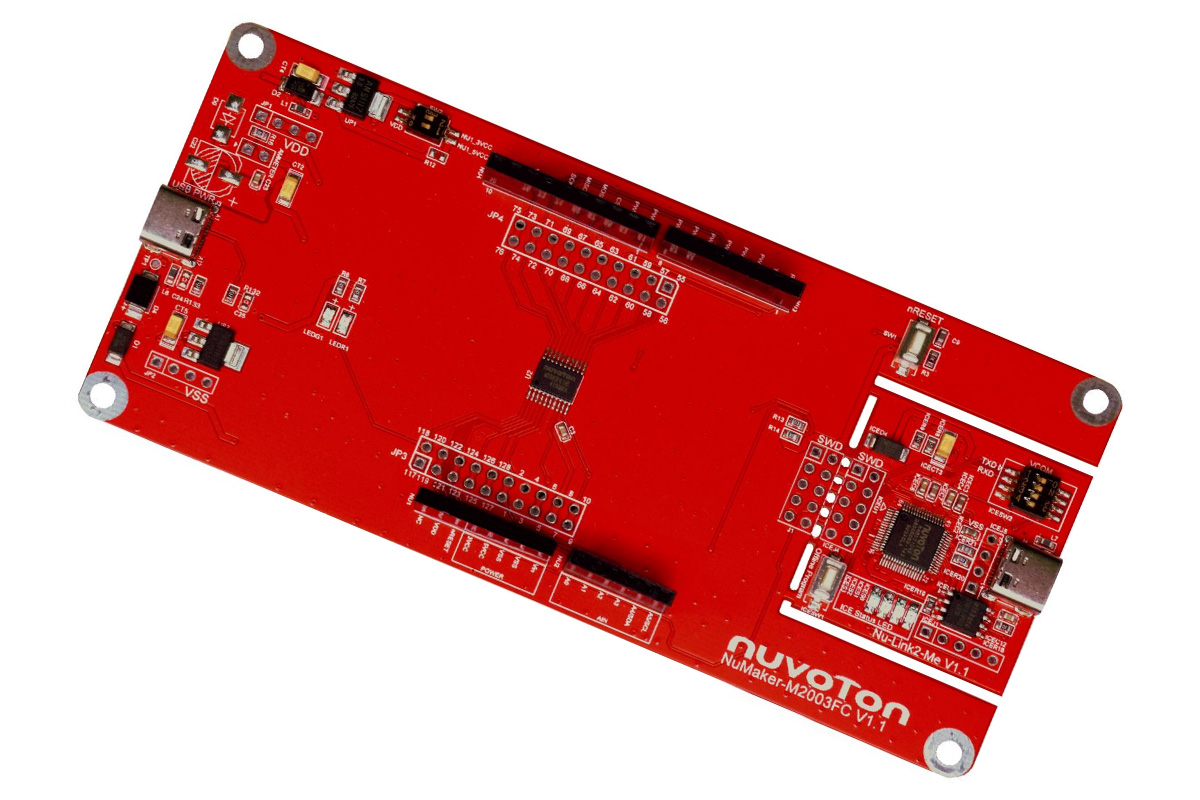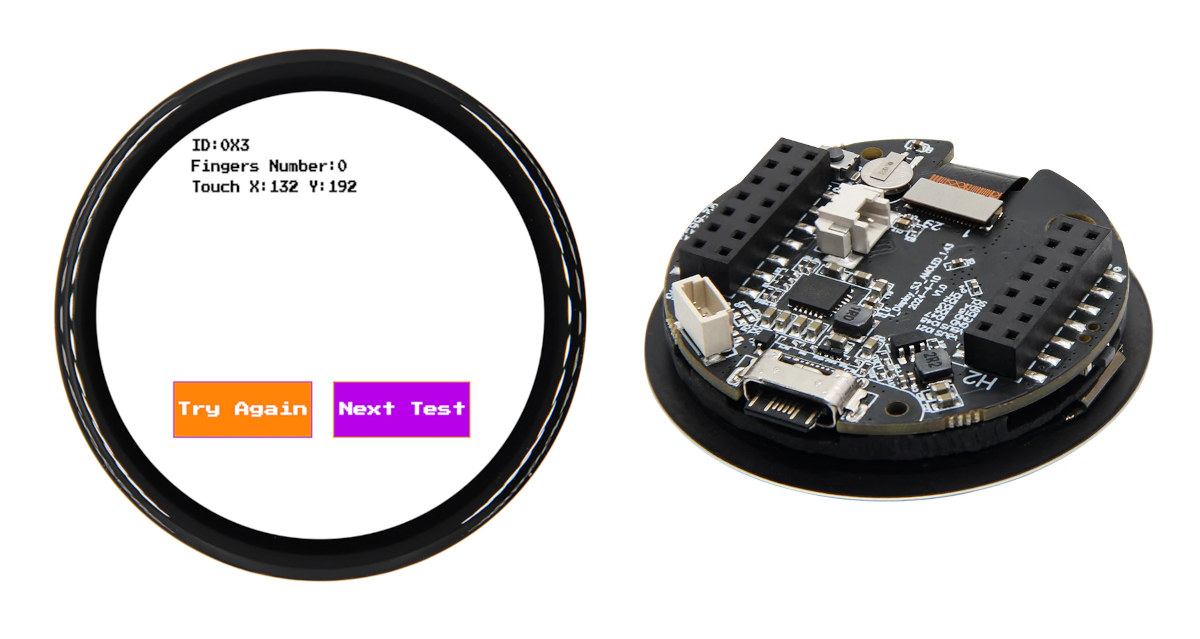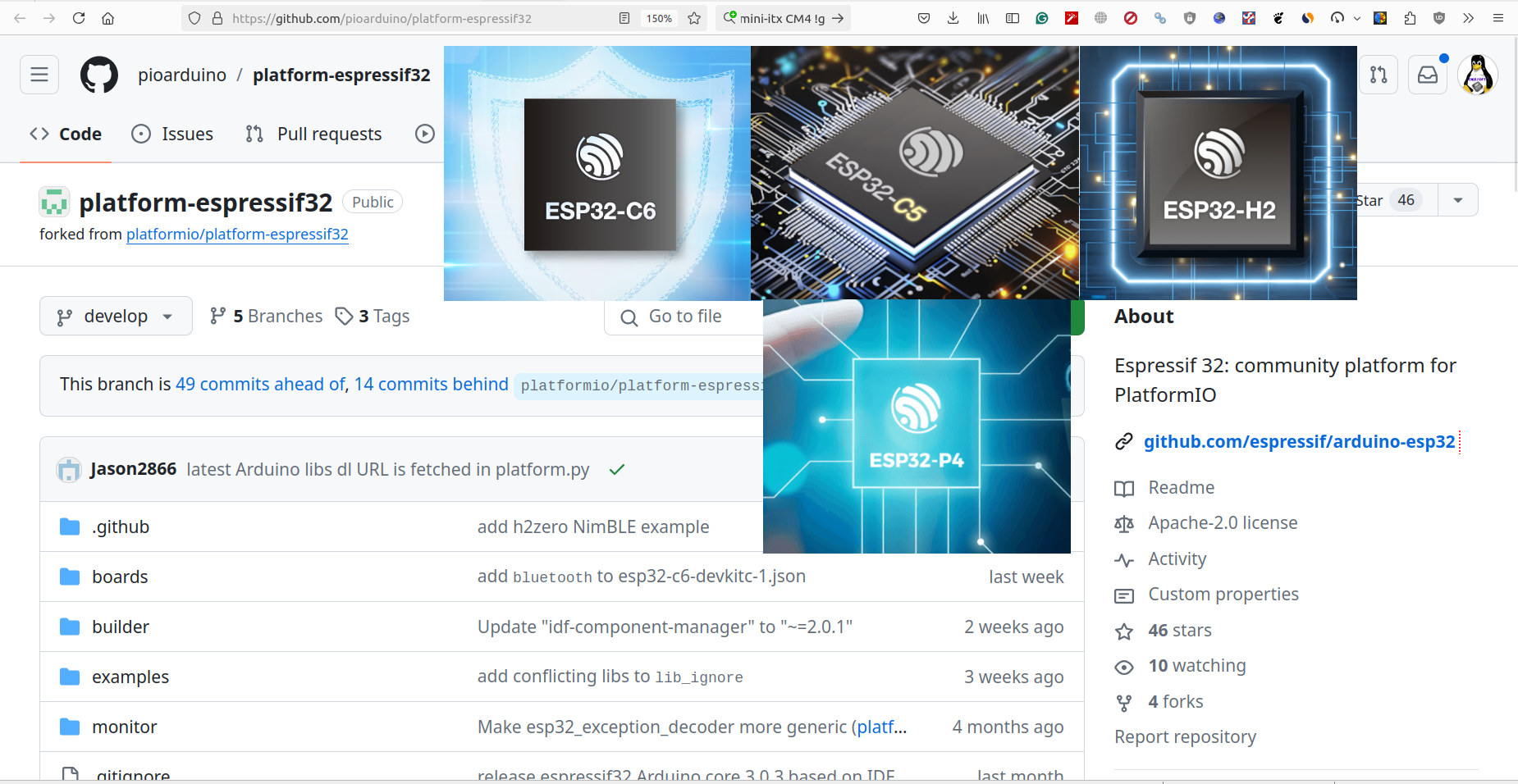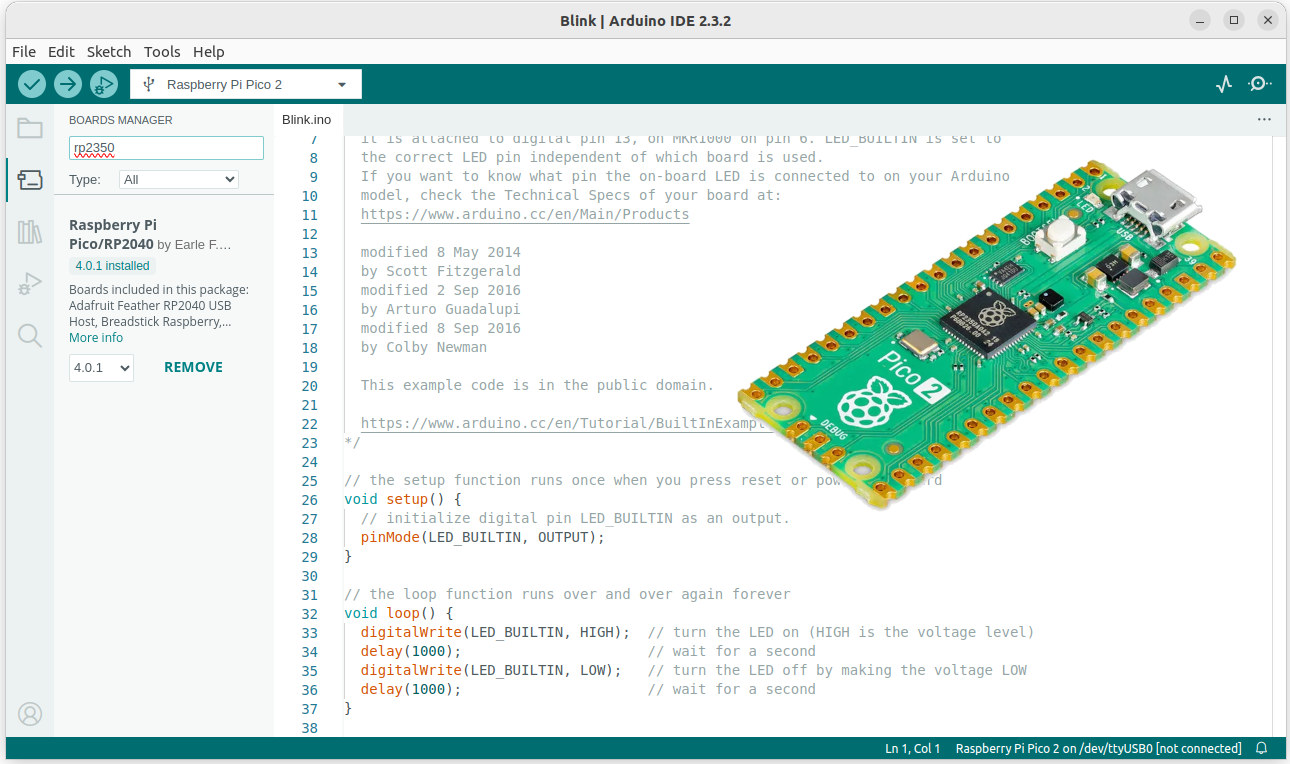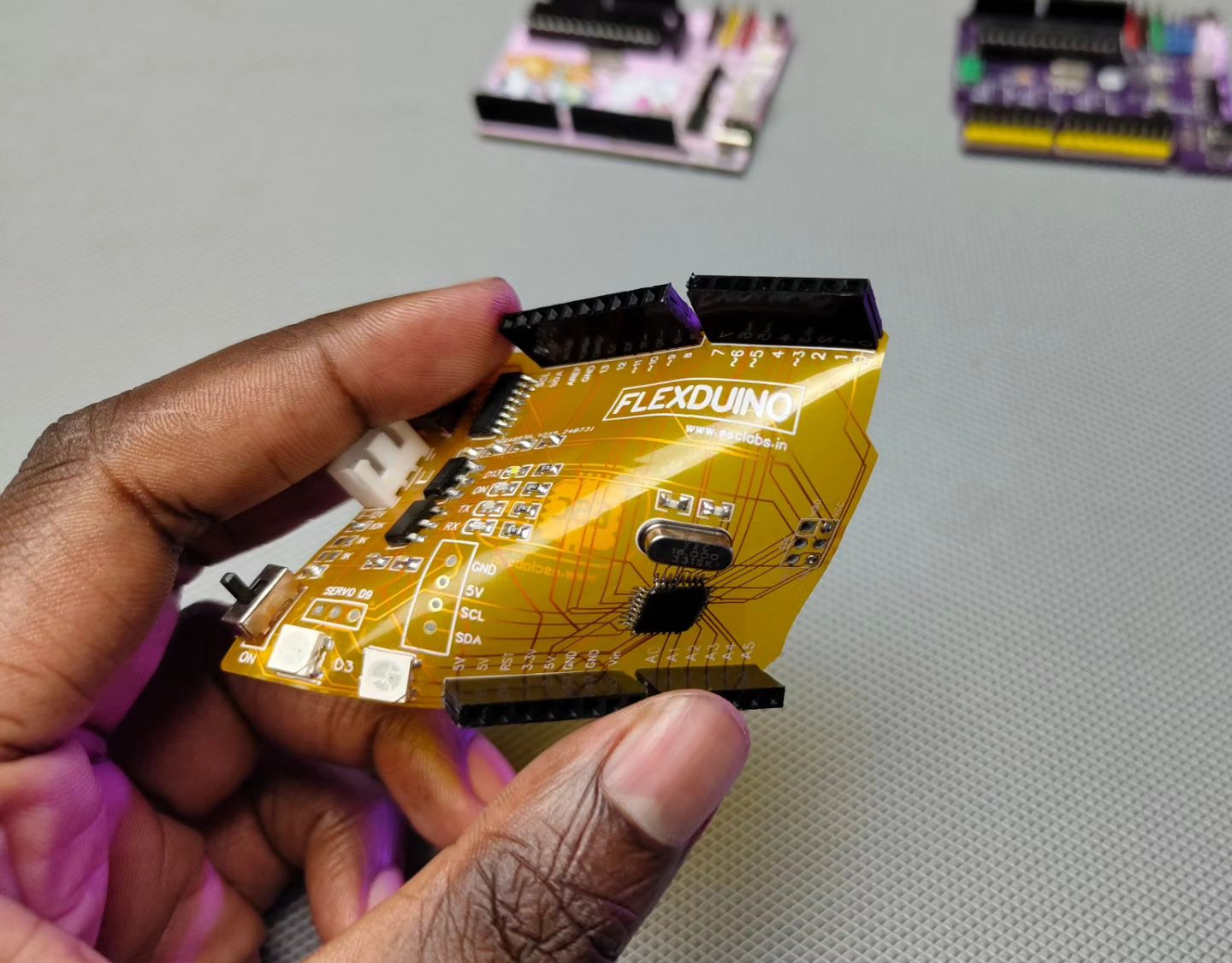Last week, we covered the Maker Go RA4M1-R4 development board, an inexpensive “clone” of the Arduino UNO R4 Minima with some small modifications like support for up to 50V DC input and a 3.3V/5V switch for I/Os. But today, I’ve come across a smaller and cheaper Renesas RA4M1 board that’s also software compatible with the Arduino UNO R4. Meet the WeAct RA4M1. The WeAct RA4M1 is mostly a breakout board for the Renesas R7FA4M1AB3CFM Arm Cortex-M4F microcontroller with two 30-pin GPIO headers, a USB-C port for power and programming, and three buttons. It offers a middle ground between the Arduino UNO R4 Minima and the tiny XIAO RA4M1 USB-C board. WeAct RA4M1 specifications: Microcontroller – Renesas RA4M1 Arm Cortex-M4F MCU @ 48 MHz with 32KB SRAM, 256KB flash USB – 1x USB Type-C port for power and programming Expansion 2x 30-pin headers with GPIO, VIN, VCC, GND 3.3V or 5V […]
LILYGO T-Deck Plus – A Blackberry-like ESP32-S3 devkit with QWERTY keyboard, trackball, LoRa, GPS, battery, and more
The LILYGO T-Deck Plus is an ESP32-S3 based handheld development kit that resembles a Blackberry phone with a QWERTY keyboard and trackball. The device features a 2.8-inch IPS LCD, a GPS module, a LoRa transceiver, and a 2,000mAh battery which means you can take it outside and do some pen-testing and research. Additionally, the board features a microphone, a speaker, and a microSD card slot for storage. Just last year, LILYGO introduced the LILYGO T-Deck ESP32-S3 development board with LoRa and a 2.8-inch display, and the T-Deck Plus builds on the earlier design but also adds a GPS module and a higher capacity battery. LILYGO T-Deck Plus specifications ESP32-S3-WROOM-1 wireless module SoC – ESP32-S3FN16R8 dual-core Tensilica LX7 microcontroller @ up to 240 MHz with 2.4 GHz 802.11n WiFi 4 and Bluetooth 5.0 LE connectivity Memory – 8MB PSRAM Storage – 16MB SPI flash PCB antenna Storage – MicroSD card slot Display – […]
Maker Go RA4M1-R4 core board is a cheap Arduino UNO R4 Minima clone taking up to 50V DC input
The Maker Go RA4M1-R4 core board is another Arduino UNO R4 Minima clone but offered at a price point much lower than the original and the Waveshare R7FA4 Plus A (another clone) since it shows up for only $0.99 on AliExpress with free shipping. Note that the ultra-low price is because of a “Welcome deal” on AliExpress, and the regular price is $7.76, so not everyone may get it for $1. About $8 is still cheap compared to the $20 (18 Euros) asked for the official Arduino UNO R4 Minima board. Let’s look at the clone in more detail to find out if they’ve made any changes to the board. Maker Go RA4M1-R4 core board specifications: Microcontroller – Renesas RA4M1 Arm Cortex-M4F MCU @ 48 MHz with 32KB SRAM, 256KB flash USB – 1 x USB Type-C port for power and programming Expansions – Arduino UNO female + male headers […]
Nuvoton M2003 is a low-cost Arm Cortex-M23 MCU for AIoT and Industrial applications
Nuvoton has recently launched the Nuvoton M2003 series of low-cost Arm Cortex-M23 microcontrollers which at the time of writing features M2003FC1AE and M2003XC1AE microcontrollers. Major features include a 32-bit hardware multiplier/divider, 32 KB of flash memory, 4 KB of SRAM, multiple communication interfaces (UARTs, I²C, USCI), analog peripherals (8-channel 12-bit ADC, 6-channel 16-bit PWM), and support for a wide voltage and temperature range. These features make this device useful for AIoT, industrial automation, smart homes, energy storage, and automotive electronics, and the company says the low-cost M2003 family offers a migration path from 8-bit to 32-bit designs. Feature-wise both the MCUs are the same and the only difference is in their package. The M2003FC1AE comes in a TSSOP20 package, whereas the M2003XC1AE comes in a QFN20 (3x3mm) package. The NuMaker-M2003FC development board is also offered for evaluation. Nuvoton M2003 series MCU specifications Device – Nuvoton M2003 series of MCUs M2003FC1AE […]
T-Display-S3-AMOLED-1.43 – A 1.43-inch round AMOLED touchscreen display with an ESP32-S3 wireless MCU
We’ve already seen a few ESP32-S3 boards with an AMOLED display and plenty with round displays such as SB Components’ Dual Roundy, LILYGO T-RGB ESP32-S3, MaTouch ESP32-S3 Rotary IPS display among others, but I had yet to see an ESP32-S3 board with a round AMOLED display. That’s just what the LILYGO T-Display-S3-AMOLED-1.43 has to offer. The ESP32-S3 board features a 1.43-inch round AMOLED with 466×466 resolution and a capacitive touchscreen, a microSD card slot for storage, an RTC with backup battery, two 14-pin headers and a Qwiic UART connector for expansion, a USB-C port for power/charging and programming, and a 2-pin connector for a LiPo battery. T-Display-S3 AMOLED-1.43 specifications: SoC – Espressif ESP32-S3R8 CPU – Dual-core Tensilica LX7 microcontroller up to 240 MHz with vector instructions for AI acceleration Memory – 8MB PSRAM Wireless – WiFi 4 and Bluetooth 5.0 LE + Mesh connectivity Storage – 16MB SPI flash, MicroSD […]
platform-espressif32 fork to enable PlatformIO support for ESP32-C6, ESP32-C5, ESP32-H2, and ESP32-P4 SoCs
When Espressif Systems released Arduino ESP32 Core 3.0.0 we noted that PlatformIO support was in doubt due to business issues between Espressif and Platform IO developers. There has been no progress since then, and PlatformIO is not even reviewing or merging community contributions to their platform-espressif32 library. So if you want software that’s officially supported by Espressif, you should stick to the Arduino ESP32 Core. But if you are a fan of PlatformIO for ESP32, there’s hope even for the newer chips like ESP32-C6, ESP32-H2, and ESP32-P4 among others, as pioarduino community members have now forked the platform-espressif32 library to keep the project alive. Users can still rely on the official PlatformIO repository for existing ESP32 boards and microcontrollers, but new ESP32-C6, ESP32-H2, ESP32-C5, ESP32-H4, and ESP32-P4 SoC will only be supported by the fork. pioarduino which stands for “people initiated optimized arduino” will maintain the fork, and currently, Arduino […]
Raspberry Pi Pico Arduino core 4.0 adds support for RP2350 boards
Earle F. Philhower, III has just released the Raspberry Pi Pico Arduino core 4.0 with support for a range of Raspberry Pi RP2350 boards beside the official Raspberry Pi Pico 2. Shortly after the RP2040-based Raspberry Pi Pico board was released, we got two Arduino SDKs, the first being the community-supported Raspberry Pi Pico Arduino core maintained by Earle, and the second being the official Arduino Core Mbed 2.0 for boards as such as Arduino Nano Connect RP2040. We are again likely to have two Arduino SDKs for the RP2350 starting with the Raspberry Pi Pico Arduino core. Key changes in Raspberry Pi Pico Arduino core 4.0: Adds Raspberry Pi RP2350 support (Arm only; RISC-V cores are not supported at this stage) Migrates to Pico SDK 2.0 since it is required for RP2350 support and includes a new OpenOCD and Picotool. Tested features: SPI, I2C, LittleFS, EEPROM, PWMAudio, LWIP-based networking, […]
Flexduino is an Arduino UNO clone made of a flexible PCB
YouTuber “EDISON SCIENCE CORNER” has designed yet another Arduino UNO clone but with a twist as the board is made out of a flexible PCB. Companies like JLCPCB, PCBWay, and others have been offering flexible PCB manufacturing services for a while, mostly for flat cables or small boards that need to fit around a case, but the Flexduino is a complete Arduino UNO clone made of a flex PCB, and it looks rather cool. The flexible Arduino board does work as shown with the RGB LED and power LED in the photo above and YouTube video below, but its usefulness is rather limited, and some corners had to be cut as for instance there’s no ground plane. Nevertheless, it’s a nice demo of flexible PCB technology. The video on the EDISON SCIENCE CORNER channel provides a short demo, shows how the PCB was designed (EasyEDA), and go through the ordering […]


